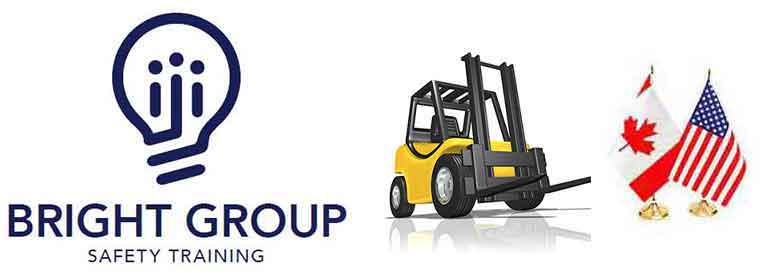Why was WHMIS created?
Whmis training certificate program was created in response to the Canadian workers' right to know about the health & safety hazards that may be associated with the materials or chemicals they use in the workplace. Exposure to hazardous materials can cause or contribute to many serious health effects such as effects on the nervous system, kidney or lung damage, sterility, cancer, burns and rashes. Some hazardous materials are workplace safety hazards and can cause fires or explosions. WHMIS training was created to help stop injuries, illnesses, deaths, medical costs, and fires caused by hazardous materials / chemicals.
What are the main components of WHMIS?
The main components of WHMIS are hazard identification and product classification, labeling, material safety data sheets, and worker training and education.
How was WHMIS developed?
WHMIS was developed by a tripartite steering committee with representatives from government, industry and labor to ensure that the best interests of everyone in the workforce were considered.
Is WHMIS law, when did it take effect?
Yes. WHMIS became law through a series of complementary federal, provincial and territorial legislation that became effective on October 31, 1988. The majority of the "information" requirements (and exemptions) of WHMIS legislation were incorporated into the HAZARDOUS PRODUCTS ACT and the HAZARDOUS MATERIALS INFORMATION REVIEW ACT. These apply to all of Canada. Regulations made under these acts include:
- Ingredient Disclosure List,
- Controlled Products Regulations,
- Hazardous Materials Information Review Act Appeal Board Procedures Regulations,
- Hazardous Materials Information Review Regulations.
The Occupational Health & Safety components of WHMIS that apply to federal employees and others covered by the Canada Labor Code (CLC) are specified in the CLC and the Canadian Occupational Safety and Health Regulations (Part X).
The following acts and regulations apply to workers and employers covered by the provincial jurisdictions.


